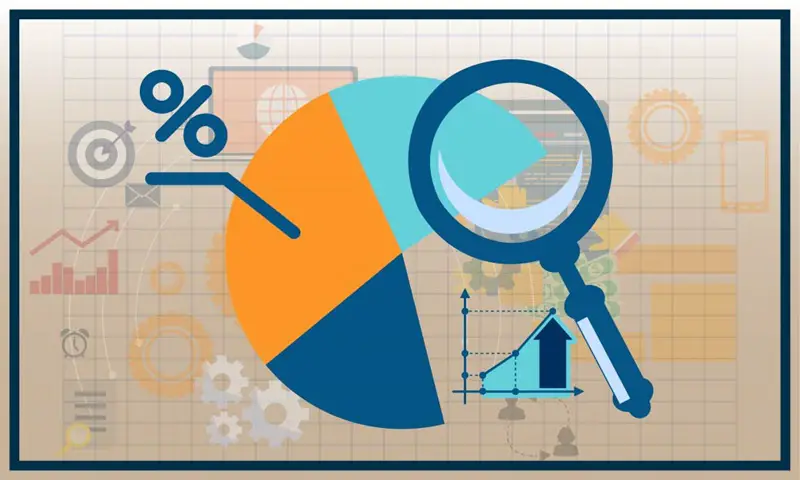Environment, health and safety (EHS) specialists are around to protect the health and safety of the employees and the public, too. They are also there to help ensure that the industries they are in are leaving as little impact as possible to the environment.
An important task that needs to be carried out by EHS specialists regularly is reporting. They have to do so monthly or weekly. In some instances, daily reporting is a must.
Regardless of the frequency of reporting, in some instances, facilities are required to arm themselves with continuous emissions monitoring systems (CEMS). As the name suggests, CEMS is a collection of equipment working together to measure emissions and generate reports necessary for demonstrating compliance with environmental regulations.
Not all industries are required to install CEMS. Those who are, on the other hand, can continue to operate only with its presence, as required by their permits.

Serving as a Facility’s Salvation
Many EHS specialists view the installation of CEMS as just another way to remain compliant, thereby keeping their business permits intact. Some of them are already content with meeting the bare minimum requirements, which usually means recording and reporting every four to six hours only, as opposed to the minute-by-minute approach others opt for.
There is always a risk for things to fail in workplaces belonging to sensitive industries. One little wrong can lead to a catastrophic event that can impact the workforce, public, and the planet. Similarly, it can result in the business going under.
CEMS installation paired with reporting every minute can spell the difference between proving one’s compliance and losing a lot of money and shutting down.
Generation of Essential Reports
The moment that a piece of equipment malfunctions, CEMS springs into action right away. It highlights important matters such as the time the problem showed up, the exact minute it was resolved, and how much the associated permit requirements were exceeded.
Records, such as the one given as an example above, serve as vital pieces of evidence. They are necessary when EHS specialists have to air their sides each time there are noncompliance notification claims by the Environmental Protection Agency (EPA) or counterparts. CEMS records generated are vital for the creation of the appropriate reports, the kinds that do not seem like EHS specialists are trying to hide something or giving away everything.
By avoiding under-reporting as well as over-reporting, courtesy of CEMS, one can steer clear of paying more penalties than necessary.
The More Frequent, the Better
Once CEMS is installed, it is completely up to the EHS specialist to decide the frequency of the collection of environmental compliance data the system generates.
It can be done as rarely as every four to six hours, and it can be done as frequently as every hour. However, for more favourable results, especially if the business belongs to a sensitive industry, it is a great idea for CEMS data gathering and reporting to be done every minute. It is a lot of hard work, but it can help prevent unnecessary difficulties when problems strike.
Minute-by-minute CEMS data gathering allows for the kind of transparency necessary for showing that tight environmental compliance is maintained. It can help fend off matters that can question the accuracy and verifiability of one’s reports.
However, EHS specialists should never overlook the sheer importance of the installation of high-quality continuous emissions monitoring systems equipment, which is vital for a reliable generation of accurate data.
[Image via: Google Images]
